
Generalist robotics have arrived, powered by advances in mechatronics and robot AI foundation models. But a key bottleneck remains: robots need vast training data for skills like assembly and inspection, and manual demonstrations aren��t scalable. The NVIDIA Isaac GR00T-Dreams blueprint, built on NVIDIA Cosmos, solves this challenge by generating massive synthetic trajectory data from just a single��
]]>
NVIDIA Isaac GR00T-Dreams enables developers to generate large-scale synthetic trajectory data from minimal human demonstrations, enabling robots to quickly learn a wide array of new actions.
]]>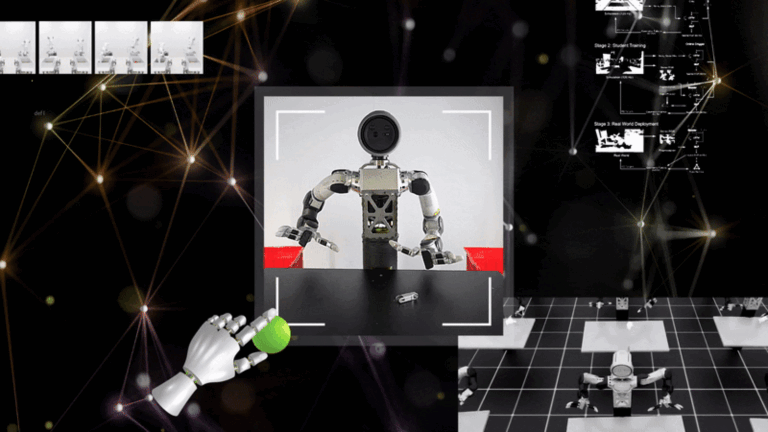
Robotic arms are used today for assembly, packaging, inspection, and many more applications. However, they are still preprogrammed to perform specific and often repetitive tasks. To meet the increasing need for adaptability in most environments, perceptive arms are needed to make decisions and adjust behavior based on real-time data. This leads to more flexibility across tasks in collaborative��
]]>
Welcome to the first edition of the NVIDIA Robotics Research and Development Digest (R2D2). This technical blog series will give developers and researchers deeper insight and access to the latest physical AI and robotics research breakthroughs across various NVIDIA Research labs. Developing robust robots presents significant challenges, such as: We address these challenges through��
]]>
This post was originally published January 2025 but has been extensively revised with new information. General-purpose humanoid robots are designed to adapt quickly to existing human-centric urban and industrial work spaces, tackling tedious, repetitive, or physically demanding tasks. These mobile robots naturally excel in human-centric environments, making them increasingly valuable from��
]]>
Humanoid robots are designed to adapt to human workspaces, tackling repetitive or demanding tasks. However, creating general-purpose humanoid robots for real-world tasks and unpredictable environments is challenging. Each of these tasks often requires a dedicated AI model. Training these models from scratch for every new task and environment is a laborious process due to the need for vast task��
]]>
Explore the latest advancements in academia, including advanced research, innovative teaching methods, and the future of learning and technology.
]]>
As robotics and autonomous vehicles advance, accelerating development of physical AI��which enables autonomous machines to perceive, understand, and perform complex actions in the physical world��has become essential. At the center of these systems are world foundation models (WFMs)��AI models that simulate physical states through physics-aware videos, enabling machines to make accurate decisions and��
]]>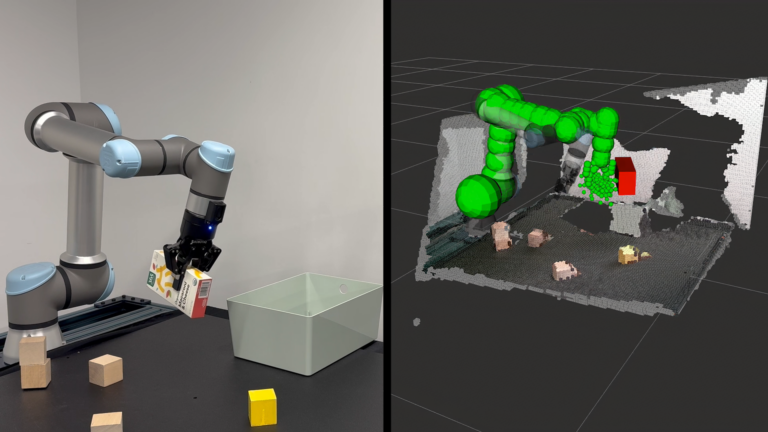
At CES 2025, NVIDIA announced key updates to NVIDIA Isaac, a platform of accelerated libraries, application frameworks, and AI models that accelerate the development of AI robots. NVIDIA Isaac streamlines the development of robotic systems from simulation to real-world deployment. In this post, we discuss all the new advances in NVIDIA Isaac: NVIDIA Isaac Sim is a reference��
]]>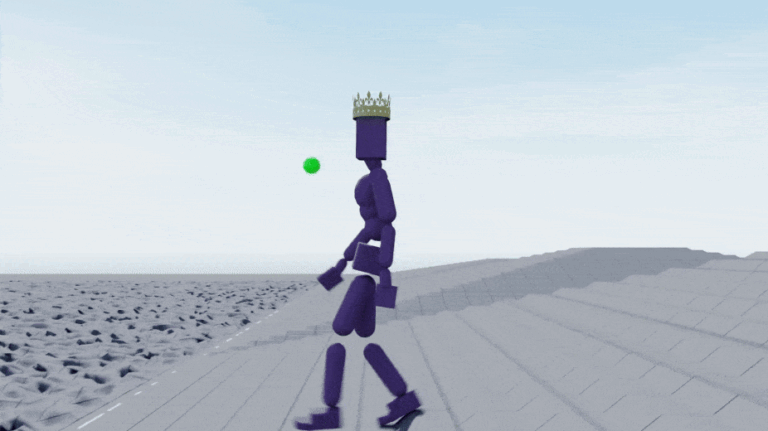
Creating interactive simulated humanoids that move naturally and respond intelligently to diverse control inputs remains one of the most challenging problems in computer animation and robotics. High-performance GPU-accelerated simulators such as NVIDIA Isaac Sim and robot policy training using NVIDIA Isaac Lab enable significant progress in training interactive humanoids.
]]>
Robotic dexterous grasping is a critical area of research and development, aimed at enabling robots to interact with and manipulate objects as flexibly as humans can. By enabling robots to handle complex tasks that require fine motor skills, dexterous grasping can significantly enhance productivity and efficiency. The first step to enabling human-like dexterous object manipulation for robots��
]]>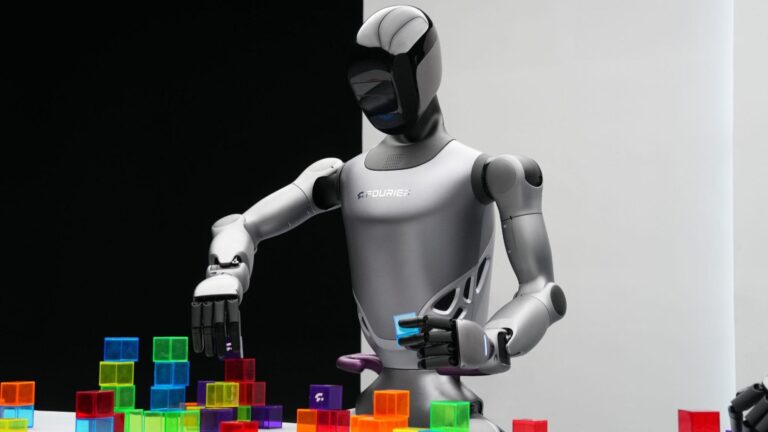
This post was written in partnership with the Fourier research team. Training humanoid robots to operate in fields that demand high levels of interaction and adaptability��such as scientific research, healthcare and manufacturing��can be a challenging and resource-intensive feat. Fourier, a Shanghai-based robotics company, is doing the heavy lifting by developing advanced humanoid robots��
]]>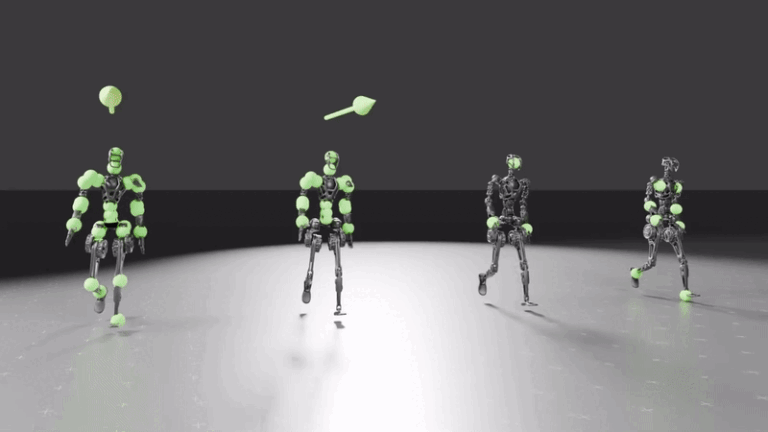
Humanoid robots present a multifaceted challenge at the intersection of mechatronics, control theory, and AI. The dynamics and control of humanoid robots are complex, requiring advanced tools, techniques, and algorithms to maintain balance during locomotion and manipulation tasks. Collecting robot data and integrating sensors also pose significant challenges, as humanoid robots require a fusion of��
]]>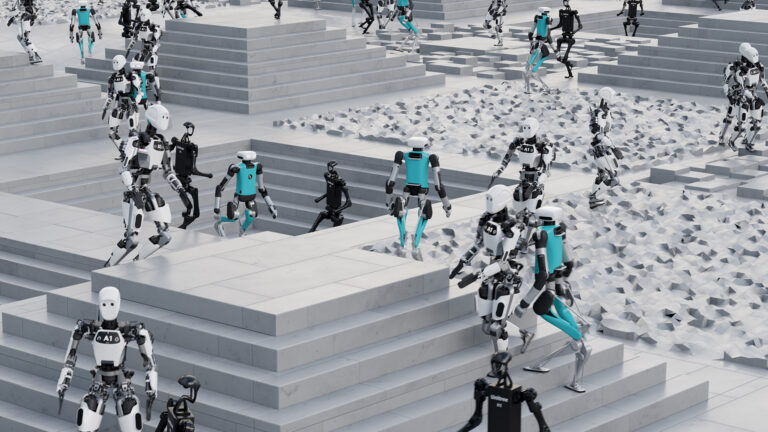
From humanoids to policy, explore the work NVIDIA is bringing to the robotics community.
]]>
NVIDIA has built three computers and accelerated development platforms to enable developers to create physical AI.
]]>